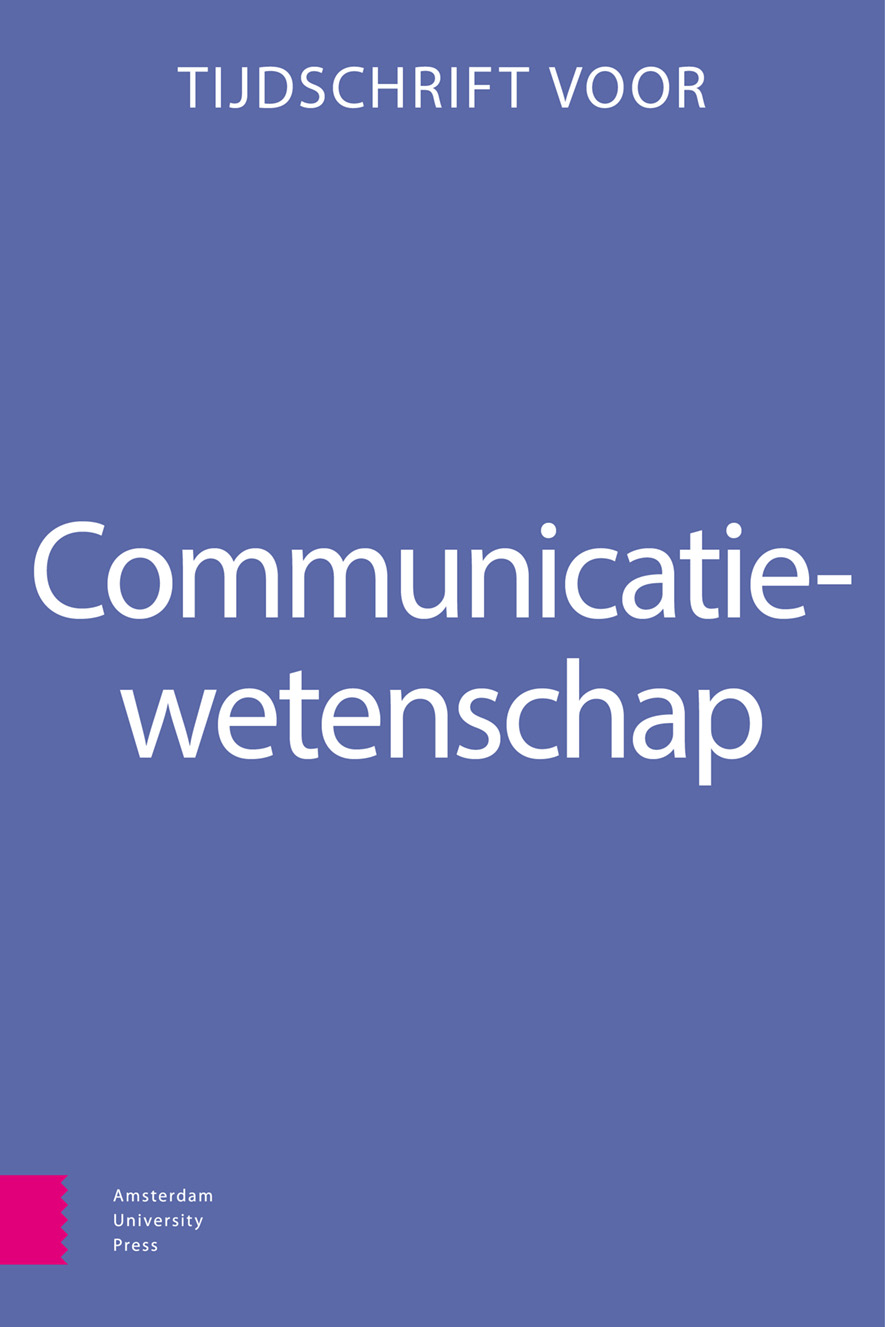-
oa Weerstand in de praktijk
Een kwalitatief onderzoek naar hoe communicatieprofessionals omgaan met weerstand tegen overtuigende boodschappen
- Amsterdam University Press
- Source: Tijdschrift voor Communicatiewetenschap, Volume 52, Issue 2, jun. 2024, p. 177 - 202
-
- 01 jun. 2024
Samenvatting
Samenvatting
Er wordt vaak weerstand ervaren tegen overtuigende boodschappen en campagnes. In de wetenschappelijke literatuur over persuasieve communicatie en beïnvloeding worden redenen voor weerstand en manieren om weerstand te bieden beschreven alsook overtuigende tactieken om weerstand te verminderen. Op basis van interviews met communicatieprofessionals hebben we inzichten rondom weerstand in de praktijk onderzocht en vergeleken met wat in de wetenschappelijke literatuur op het gebied van communicatie en beïnvloeding bekend is over weerstand.
© Marieke L. Fransen, Rhanna Haverkort, Marije J.N. Kniep & Margot van der Goot. This is an open access article distributed under the terms of the CC BY-ND 4.0 license. https://creativecommons.org/licenses/by-nd/4.0


